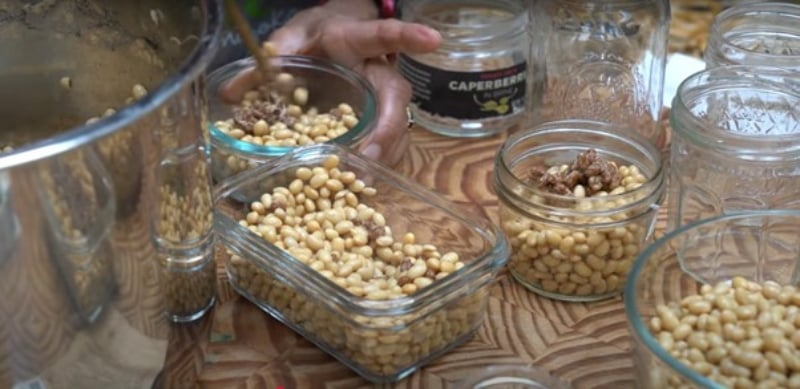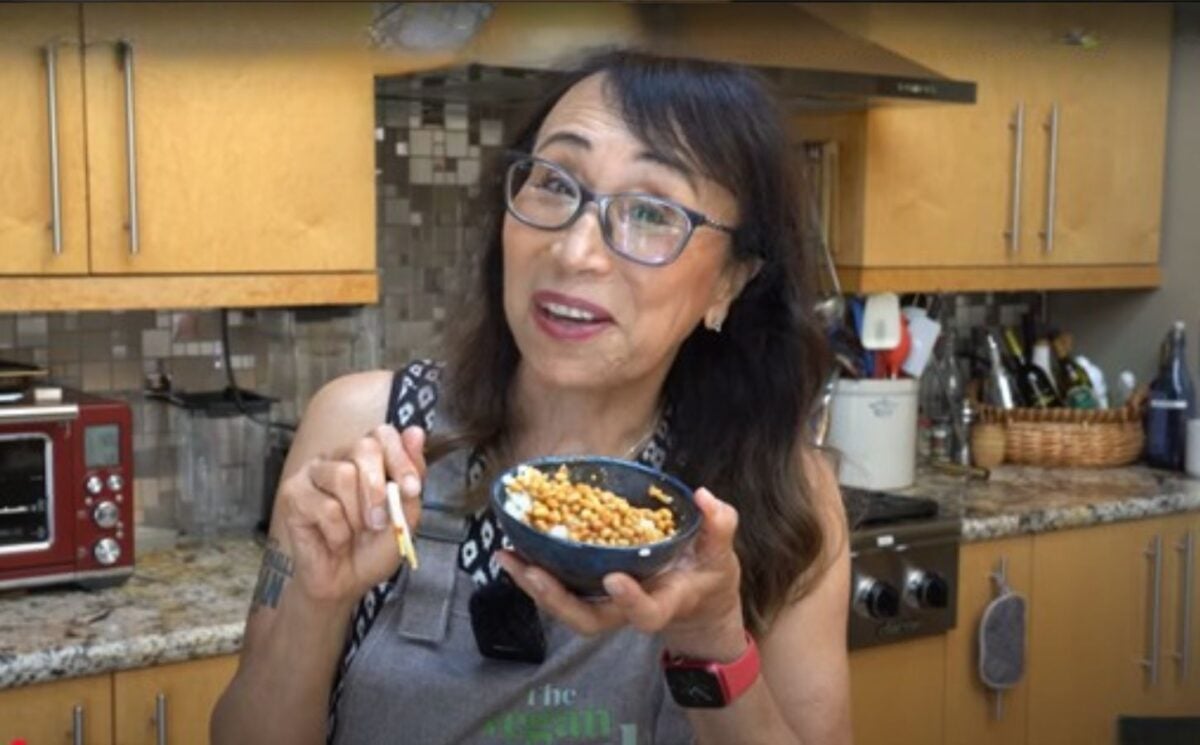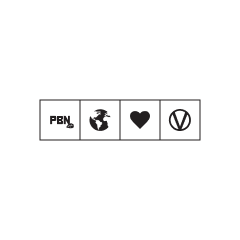Natto is a protein-packed, highly nutritious, Japanese breakfast staple that’s completely plant-based – but many vegans have never even heard of it. Some say that natto is an acquired taste: the sticky strings, the funky smell, the slime – it’s a full sensory experience. But behind that polarizing first impression lies one of the most nutrient-dense, gut-loving foods on the planet. And yes, you can learn to not only love it, but make it yourself at home.
That’s exactly what a recent YouTube tutorial from celebrated plant-based chef Miyoko Schinner sets out to prove. On her YouTube channel The Vegan Good Life with Miyoko, she recently shared a full walkthrough on how to make natto – the Japanese fermented soybean breakfast staple that’s considered a nutritional powerhouse.
When Schinner, a cookbook author and founder of Miyoko’s Creamery, opens the video by describing natto as one of the healthiest foods on the planet, she’s not exaggerating. Natto is rich in protein, fiber, vitamin K, and an enzyme called nattokinase, which some studies suggest may be beneficial for cardiovascular health. While scientists are exploring natto’s health benefits, Schinner needs no convincing: “I grew up on natto. I’ll die eating natto.”
Her tutorial demystifies the entire process of making natto from scratch – from sterilizing your containers to cultivating the exact right fermentation environment. Whether you’re using store-bought natto or a powdered starter culture, the video makes it clear that anyone can try this at home.
Read more: Need More Fiber In Your Diet? Try These Easy Recipes
The prep: sterilization is key
Because natto relies on live bacterial cultures, Miyoko emphasizes the importance of starting with a clean environment. She boils all utensils and containers before use. “Everything has to be sterilized because it’s fermented and you don’t want anything funky growing in it,” she explains.
This step mirrors canning or yogurt-making, ensuring that the right bacteria – Bacillus subtilis – can thrive.
Adding the culture: starter or store-bought
Once the soybeans are cooked and still warm, Miyoko stirs in the natto culture. This can come in two forms: natto starter spores (nattoken) or a spoonful of store-bought natto. She runs a little side experiment using both options and finds no major difference in the end result.
“If you don’t want to buy the cultures online because they’re a little hard to get, then just buy a packet of natto from an Asian grocery store,” she says.
The fermentation process

Next comes the fermentation. The inoculated soybeans are placed into containers, covered with parchment or cheesecloth, and kept at about 100°F (about 38°C) for 18 to 24 hours. Miyoko uses her Instant Pot set to yogurt mode, but a warm oven also does the trick.
After this, the natto goes into the refrigerator for at least another day. “[That] will allow this to grow even more and get stretchier,” she says, showing off the signature filaments that form as the natto develops.
Balancing flavor and function
In Japan, natto is typically eaten for breakfast over rice. Miyoko follows tradition with her own twist. “You at least want to add soy sauce,” she says, but goes further by mixing in sesame oil, gochujang, and even red pepper jelly for added sweetness.
“You can add chopped scallions – that’s also very traditional,” she notes, while encouraging viewers to make it their own.
Beyond the tangy, funky flavor, Miyoko sees natto as a daily health ritual. She highlights its cardiac benefits, high fiber, and ability to support gut health. “This is my ideal breakfast,” she says. “So healthy! You’re getting your fiber, you’re getting your protein, you’re also getting all that vitamin K, the nattokinase – all the things that are good for cardiac health.”
Her enthusiasm is infectious, and even skeptical viewers might find themselves curious to give it a shot. “If you acquire it, you will become addicted,” she insists.
For anyone ready to embrace the “stinky stretchy beans,” Miyoko’s step-by-step natto tutorial is a perfect place to start. Whether you’re a seasoned fermenter or a curious beginner, she offers the know-how and the encouragement to make this Japanese staple a new part of your plant-based repertoire.
Find more healthy plant-based recipe tutorials on Schinner’s YouTube channel.
Read more: High-Protein Vegan Meal Prep: 7 Easy Mix And Match Meals






